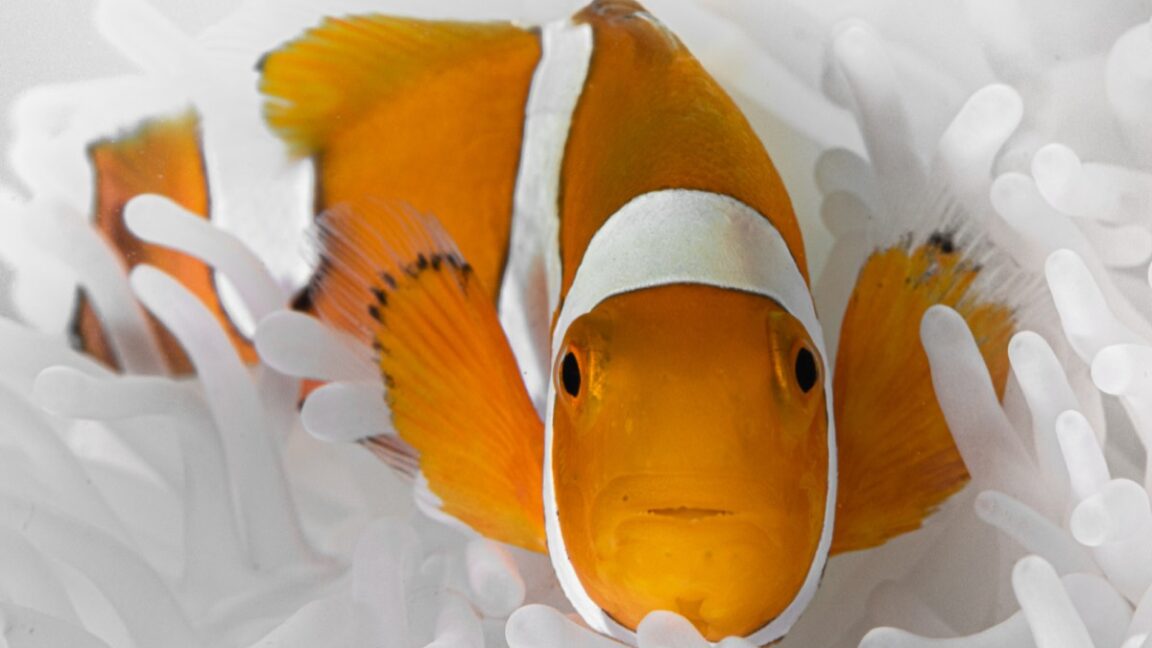
"In the end, we discovered it was very common in this population. It was a surprise to see how rapidly clownfish can adapt to a changing environment."
"While shrinking in response to heat waves ensures greater survivability, there can also be a corresponding decrease in birth rates."
"101 of the 134 clownfish shrank at least once in response to heat stress, boosting their likelihood of survival up to 78 percent."
"We were so surprised to see shrinking in these fish that, to be sure, we measured each fish individually repeatedly over a period of five months."
A study in Kimbe Bay, Papua New Guinea observed 67 breeding pairs of clownfish amid a global bleaching event. Researchers documented that 101 out of 134 clownfish shrank under heat stress, increasing their survival likelihood to 78%. Breeding pairs that shrank together had better survival rates. Although this adaptive strategy offers benefits during heat waves, it may lower birth rates. Mechanisms behind this shrinkage remain unclear, though thyroid hormones might play a role. Overall, the study reveals adaptability among clownfish in rapidly changing environments.
Read at Ars Technica
Unable to calculate read time
Collection
[
|
...
]